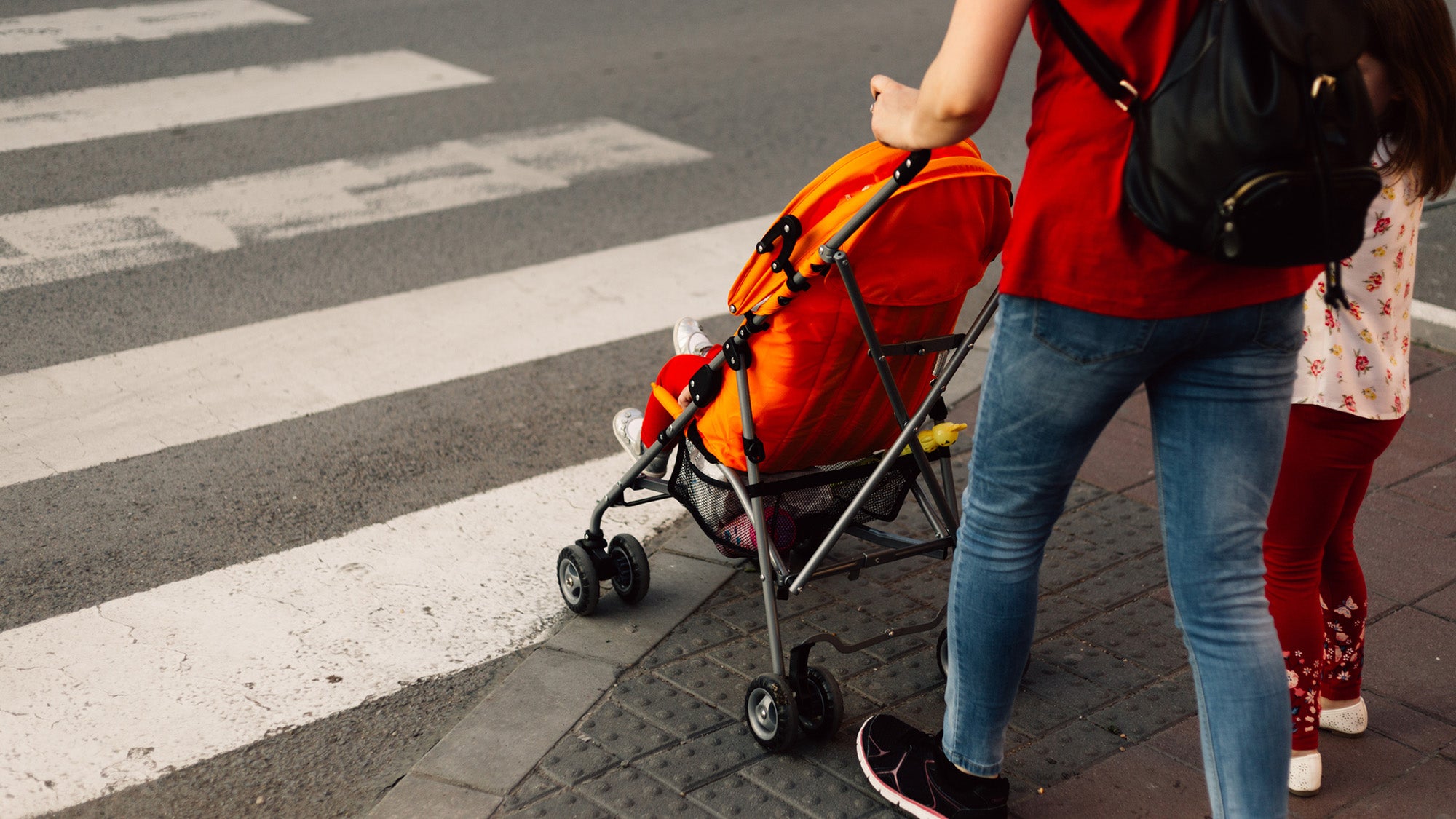Social support may help young adults living with HIV maintain viral suppression

June 26, 2023—Katherine Tassiopoulos, senior research scientist in Harvard T.H. Chan School of Public Health’s Department of Epidemiology, was the lead author on a recent study examining if social support helps young adults living with perinatally acquired HIV maintain viral suppression. The study, published in Clinical Epidemiology, was conducted through the Pediatric HIV/AIDS Cohort Study (PHACS) network, based at the School.
Q: PHACS has been researching the health outcomes of infants, children, adolescents, and young adults impacted by HIV since 2006 via multiple cohort studies. Its participants either live with perinatal HIV—they were infected in utero or during or shortly after birth—or were born to a mother living with HIV but were not themselves infected. For this study, you focused specifically on young adults ages 18 and up living with perinatal HIV. What got you interested in this particular population, and in the topic of social support?
A: We know that higher levels of social support are associated with lower rates of adverse health outcomes, from mortality to diabetes to depression and anxiety. And there have been several studies among older adults living with HIV of how social support affects viral suppression—keeping the amount of HIV very low, or undetectable, in the body. But we hadn’t found anything that has looked at this relationship in young adults living with HIV, including those with perinatal HIV.
Before the advent of antiretroviral therapy, most children born with HIV were not living beyond childhood or adolescence. But now, it’s estimated that there are 10,000 adolescents and young adults living with perinatal HIV in the U.S. This is the first generation surviving and entering adulthood. These young people have been living with this very serious chronic condition since they were born, and many experience treatment fatigue and viral resistance. They’re also more likely than other young adults in the U.S. to live in poverty and to have mental health challenges, and many have lost a parent to HIV. They’re also starting to transition out of pediatric and into adult clinical care. Young people with HIV have very strong, decades-long relationships with their pediatric health care providers, and by the time they’re in their mid-twenties, most of them have to transition away from their pediatric clinics and deal with a whole new set of providers who have not known them since they were children. So we were specifically interested in what happens right before and after this transition. Does viral suppression suffer—and does social support help?
Q: How did you measure social support? And what did the study find?
A: We used three definitions of perceived social support. Emotional support: Do young adults feel they have people in their lives available to listen to them and help them with emotional issues? Instrumental support: Do young adults feel they have people in their lives who can help with concrete tasks, like getting them to health appointments, housekeeping, and cooking? Friendship: Do young adults feel they have people to do activities with and whose company they enjoy? We measured these three levels of social support among 444 young adults born with HIV using questionnaires from the NIH Toolbox; each type of social support was assessed via eight questions. We then looked at their viral loads over the subsequent year.
Overall, all three types of social support were associated with viral suppression. People who had average or higher levels of support were more likely to be virally suppressed than those with low social support. The strongest association was with instrumental support—having individuals to help with concrete tasks was really important in viral suppression.
So then we looked specifically at the transition period when young adults moved on from their pediatric care teams. We thought that after young adults transitioned to their new set of providers, social support would be even more important in maintaining viral suppression than before. But we didn’t find that. Before the transition, we found that having adequate amounts of social support—specifically instrumental support—was really important to viral suppression. But afterwards, when young adults have started to be seen in adult clinical care, we didn’t find this association at all. The more vulnerable time, when social support proves especially critical, seems to be the period leading up to the transition to adult clinical care, during which young adults may be anticipating this anxiety-provoking change at the same time as other adult transitions and milestones—for instance, finishing school, starting full-time work, leaving family, or moving into a new home.
Unfortunately, the other thing we found was that among this cohort overall, there weren’t high levels of viral suppression. Just under 50% of young adults were suppressed, regardless of transition status. We weren’t so surprised by this: We know how difficult this young adult period is, and other studies have shown that viral suppression tends to be lower in young adulthood than in either adolescence or older adulthood. But we were not anticipating the difference in viral suppression by levels of social support, specifically during the pre-transition period: Among those with adequate or high levels of social support, 51% were suppressed; among those with low support, only 29% were suppressed.
Q: What’s the main takeaway from these findings? And what new research questions open up?
A: What motivated this study was the interest in identifying modifiable factors that can help young adults maintain their viral suppression. Social support is both easy to measure and it’s modifiable. Evaluating levels of social support only takes a couple of minutes, and clinicians and other health care providers can prompt conversations about how to strengthen support networks, particularly for those who have low levels of support and are about to transition to a new care team. Of course, some of the causes of low social support, such as poverty, mental health challenges, and lack of health insurance, need to first be assessed. This is where social workers or peer navigators can play an important role, by helping to link young adults to supportive services.
As far as future research goes, we conducted this study using information collected from right before the pandemic happened and health care and social support networks were disrupted. We’re obviously concerned with how COVID-19 has affected both social support and viral suppression. It’s another one of the long-lasting implications of the pandemic. So that’s something we need to be thinking about over the next several years at least, and we want to be able to do follow-up research examining not just this social support-viral suppression relationship in the post-COVID period, but also the effects of the pandemic on mental health and access to health care in general.


